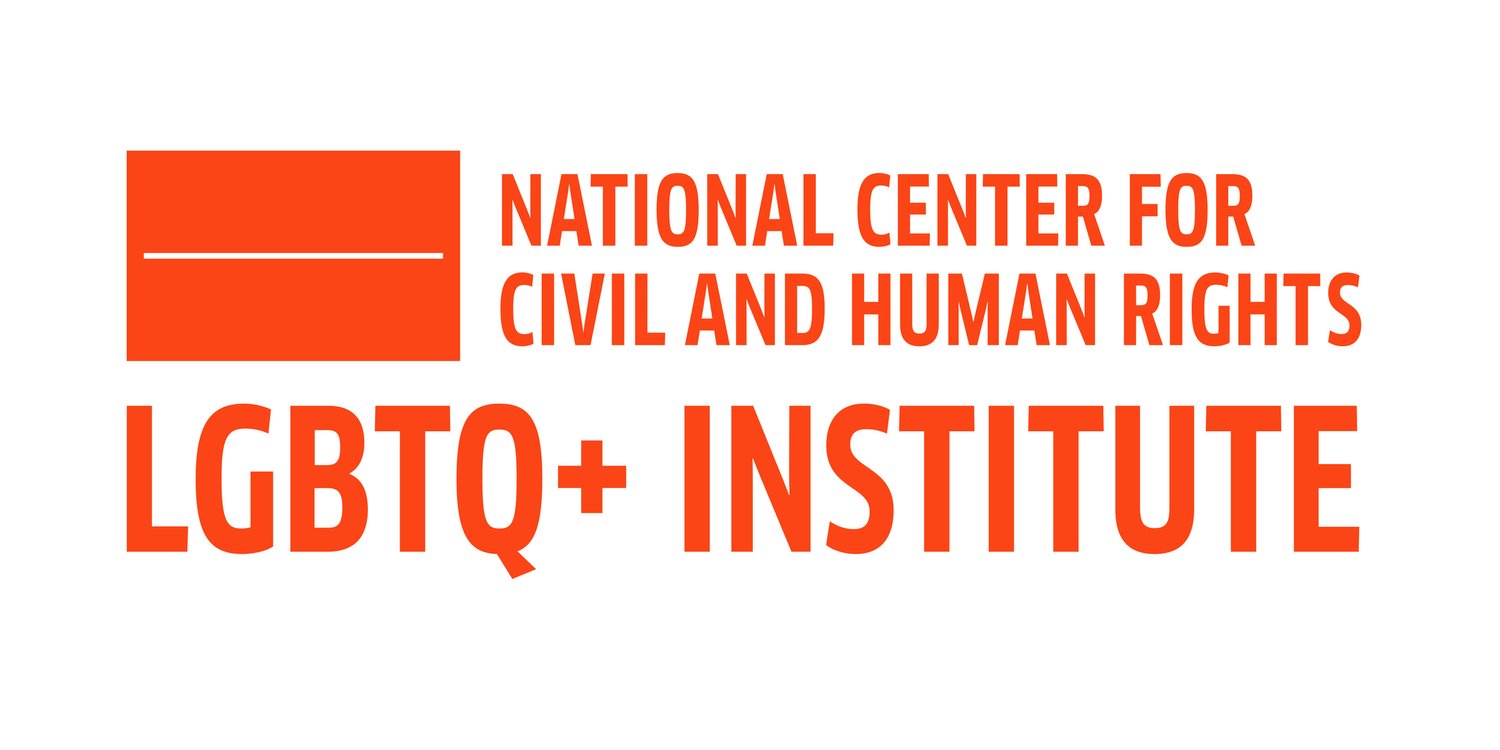The percentage of people identifying as lesbian, gay or bisexual increased significantly last year, to 2% of the UK population.
The proportion was up from 1.7% in 2015, according to Office for National Statistics (ONS) figures published on Wednesday, and it means there were just over 1 million people identifying as LGB in 2016.
The ONS, which stresses that sexual identity “does not necessarily reflect sexual attraction or sexual behaviour”, described it as “a statistically significant increase”.
Despite the increase shown in the 2016 sexual identity survey, the figures are still significantly below many estimates of the LGB population. In 2005, when it was analysing the financial implications of the new Civil Partnerships Act, the Treasury estimated that gay or lesbian people made up 6% of the population, amounting to 3.6 million people.
The LGBT charity Stonewall has suggested the proportion is between 5% and 7% while others have put it as high as one in 10. A Stonewall spokesman said many LGBT people were still reluctant to come out.
“Although people may feel comfortable answering an anonymous survey, they may struggle to open up about their identity with friends, family or colleagues,” the spokesman said.
“To ensure that LGBT people feel safe and supported, it is vital to recognise the discrimination and anti-LGBT abuse that still exists. Our recent hate crime research shows that one in five LGBT people have experienced a hate crime or incident due to their sexual orientation and/or gender identity in the last 12 months.”
There was a corresponding fall in the proportion of people identifying as heterosexual or straight, from 93.7% in 2015 to 93.4% last year. The biggest percentage increase was in those who said they were bisexual, which rose from 0.6% to 0.8%, while those identifying as gay or lesbian rose from 1.1% of the population to 1.2%.
The proportion who said they did not know or refused to answer remained the same at 4.1%, while 0.5% identified as “other”, up from 0.4% in 2015.
London had the largest proportion of the population who identified as LGB (2.7%), and the east of England had the lowest (1.2%). Emily Knipe, of the ONS, said the relatively high proportion in the capital could be down to a “young and diverse population”.
People aged 16 to 24 were most likely to identify as LGB in 2016 (4.1%). The median age of the population of London was 34.8 years, while that of the east of England was 41.5 years.
An ONS spokeswoman said: “Younger people could be more likely to explore their sexuality, combined with more social acceptability of sexual identities today and the ability to express these.”
The larger number of young people who identify as LGB was also cited by the ONS as one of the reasons why 70.7% of the LGB population said they were single and had never married or been in a civil partnership. Another factor was the relatively recent availability to same-sex couples of legal unions.
A higher proportion of males (2.3%) than females (1.6%) continue to identify as LGB, up from 2% and 1.5% respectively in the previous year.
People of mixed race or “multiple ethnic groups” continued to be most likely to identify as LGB, at 4.3%. Of these, 2.4% said they were bisexual and 1.9% said they were gay or lesbian.






